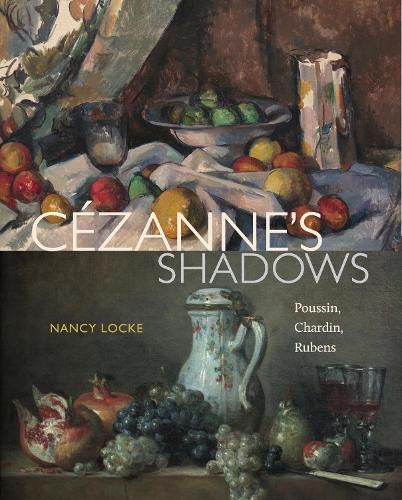Readings Newsletter
Become a Readings Member to make your shopping experience even easier.
Sign in or sign up for free!
You’re not far away from qualifying for FREE standard shipping within Australia
You’ve qualified for FREE standard shipping within Australia
The cart is loading…






Modernism has often been described as a rejection of the art of the past, but Cezanne's Shadows makes an eloquent case for precisely the opposite artistic practice.
In this book, Nancy Locke argues that the idea of a modernist forgetting would never have taken hold if the modernist painters themselves, and Cezanne in particular, had not wrestled so fiercely with the work of their predecessors. Cezanne routinely interrupted his work with a model to go back to the Louvre or to consult sketches and studies he did after the old masters. Exploring the importance of Cezanne's involvement with the art of the past in essays devoted to Poussin, Chardin, and Rubens, Locke argues that Cezanne's art cannot be understood without an investigation into what he made of these earlier models and how they continued to haunt even his mature work.
Cezanne's Shadows offers an elegant new model for understanding the relationship between modernist painting and the creative tradition it often feigns to reject. This study of artistic ambitions and an analysis of nineteenth-century art writing will be especially valuable to scholars of modernism and European art history.
$9.00 standard shipping within Australia
FREE standard shipping within Australia for orders over $100.00
Express & International shipping calculated at checkout
Modernism has often been described as a rejection of the art of the past, but Cezanne's Shadows makes an eloquent case for precisely the opposite artistic practice.
In this book, Nancy Locke argues that the idea of a modernist forgetting would never have taken hold if the modernist painters themselves, and Cezanne in particular, had not wrestled so fiercely with the work of their predecessors. Cezanne routinely interrupted his work with a model to go back to the Louvre or to consult sketches and studies he did after the old masters. Exploring the importance of Cezanne's involvement with the art of the past in essays devoted to Poussin, Chardin, and Rubens, Locke argues that Cezanne's art cannot be understood without an investigation into what he made of these earlier models and how they continued to haunt even his mature work.
Cezanne's Shadows offers an elegant new model for understanding the relationship between modernist painting and the creative tradition it often feigns to reject. This study of artistic ambitions and an analysis of nineteenth-century art writing will be especially valuable to scholars of modernism and European art history.